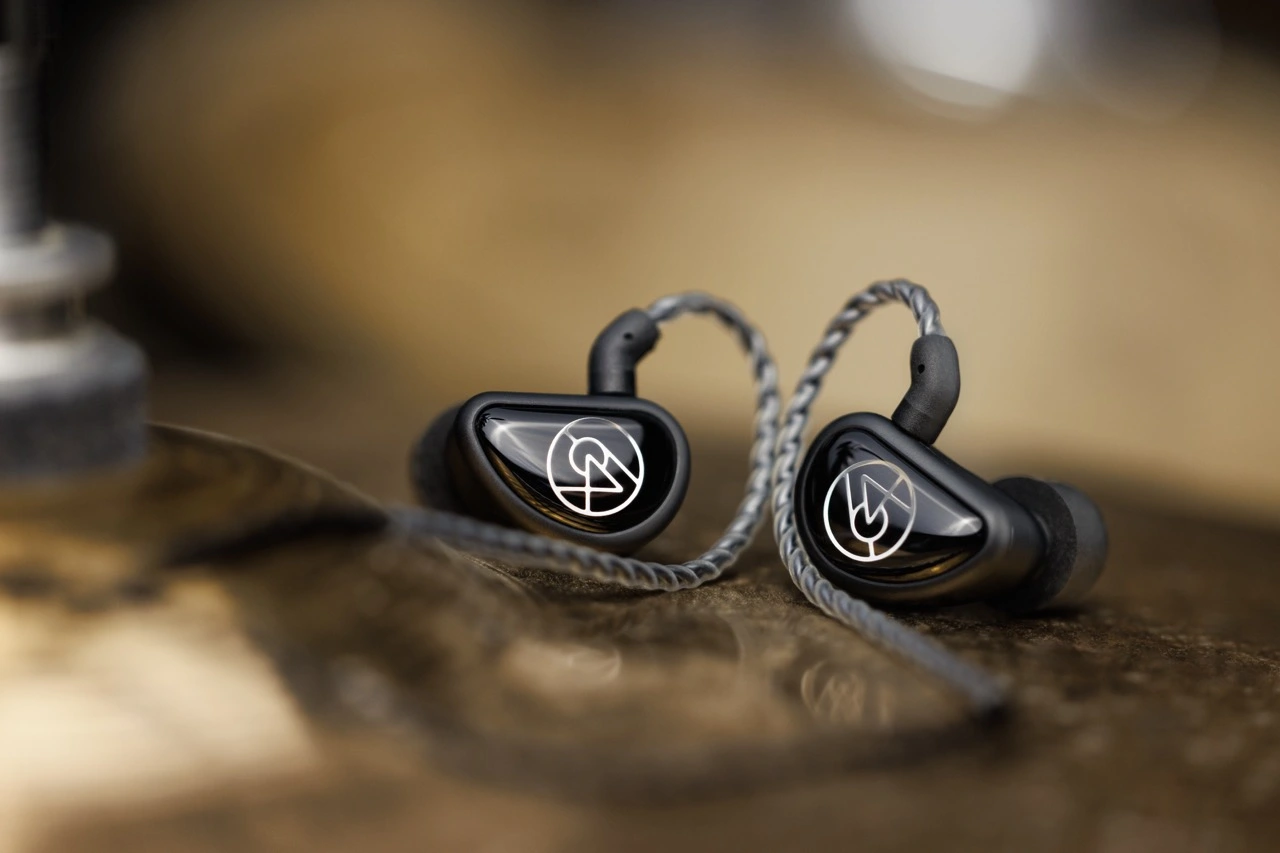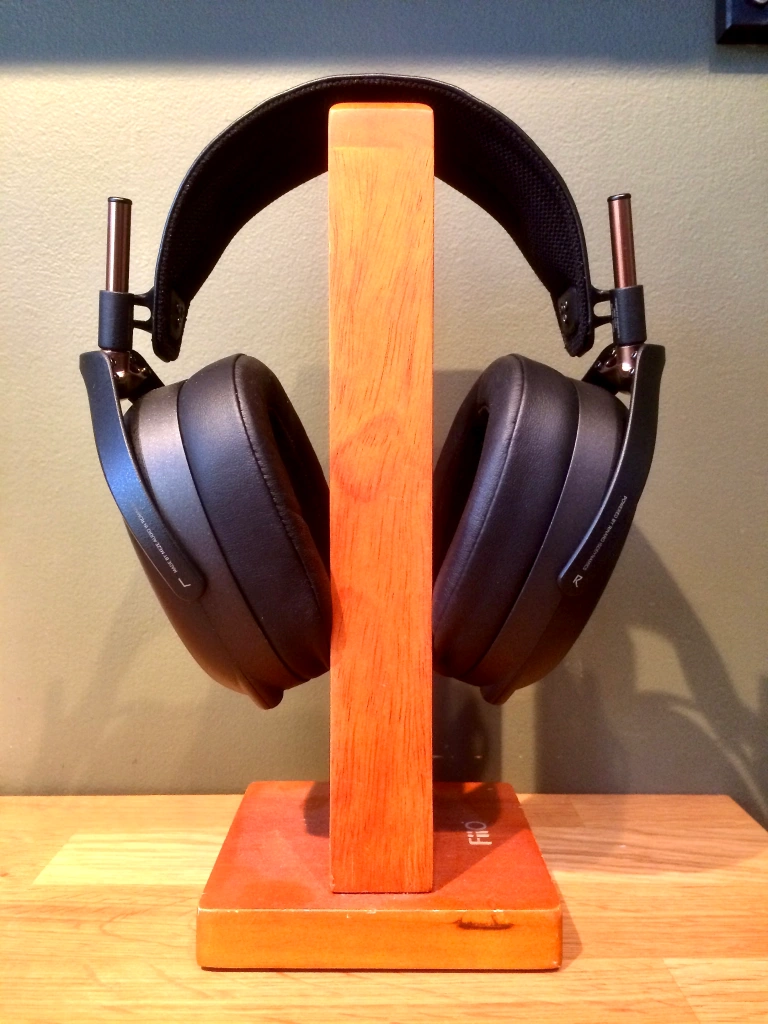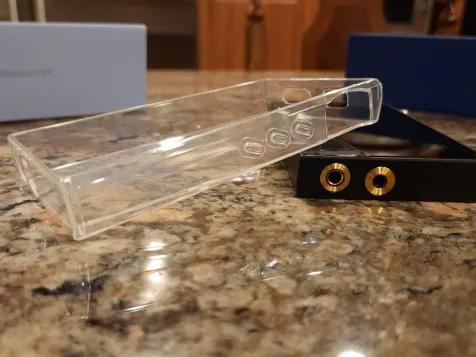A LITTLE SOMETHING FOR EVERYONE | 64 AUDIO ASPIRE 4 REVIEW

A LITTLE SOMETHING FOR EVERYONE | 64 AUDIO ASPIRE 4 REVIEW Discovering
Discovering an IEM that satisfies all of your own requirements is like hitting the jackpot in this pastime. It is usual for IEMs to boast about providing an experience that satisfies a range of listeners, but not all of them live up to their claims.
Aspire 4 is an attempt to satisfy the demands of gamers, musicians, and audiophiles all in one package. Whether it’s the $900 all-in-one bundle or simply another stepping stone to finding a real do-it-all IEM depends on how well that works.
BUILD AND DESIGN
64 Audio has consistently maintained a minimalist approach to their unboxing experience, and the Aspire 4 model exemplifies this simplicity. The provided cable is an IPX cable, mostly designed to satisfy on-stage musicians.
However, this is also the main issue I have with the package. The wire is very slender, prone to tangling, and lacks the premium feel expected of a $900 IEM. Similarly, 64 Audio opted not to provide the typical circular and leather in-ear monitor (IEM) case that is usually provided with IEMs like Volür and U4s.
This alternative choice, which might have enhanced the unboxing experience significantly, would have been a more luxurious option. Instead, we receive a more angular case that will mainly be placed within a bag, and it does not stand out from any other case that would contain a more professionally-oriented audio gear.
In addition to those two options, we receive the customary shirt clip, 6.3mm adaptor, an IEM cleaning tool, and a 64 Audio sticker. The unpacking experience of 64 Audio was unremarkable, lacking the desired level of flair and originality.

The Aspire 4 in-ear monitors have an understated black design that keeps them out of sight, with the exception of the 64 Audio logo, which is very big and prominent. Inside the housing, 64 Audio housed a single balanced armature for the treble, two midrange drivers, and a single dynamic driver.
Along with the balanced armature in the highs, 64 Audio has also utilized their “Waveguide” technology. Its stated goal is to provide the same level of information as its Tia driver, but in a little more palatable format. 64 Audio went with a lighter ABS plastic casing instead of their regular aluminum chassis.
I will say that this is one of the most comfortable 64 Audio IEMs to date, and it is the ideal choice for musicians who are performing on stage, gamers who are looking for something that can be worn during competitive matches for an extended period of time, and audiophiles who simply want to listen to music for a considerable amount of time.
Despite the fact that this somewhat detracts from the premium finish that 64 Audio almost always strives to achieve, I will say that this is one of the best 64 Audio IEMs to date. In addition, we do not have the typical Apex modular system here since 64 Audio most likely sought to maintain a frequency response that they considered to be natural and balanced.
Aspire 4, like the unboxing, prioritizes practicality over fun and simplifies the construction to appeal to a wide range of listeners. However, I would have liked 64 Audio to follow ThieAudio’s Monarch MKIII idea by offering several faceplates allowing listeners to customize their IEMs. I think this would’ve helped 64 Audio reach more listeners.

SOUND
What exactly constitutes accuracy in audio, and why is it so difficult to claim? Such a claim exists in a very subjective realm; how can it be defined? If I had to choose one example of an IEM that exemplifies what I consider to be accurate, Aspire 4 might be right up there.
The Aspire 4’s bass response helps to break up the focused neutrality that this IEM delivers over the board, especially in the lowend. In contrast to some in-ear monitors, the Aspire 4’s bass is so crisp that it isolates kick drums from the rest of the mix, thereby eliminating any percussion that may otherwise leak into the lower midrange.
Not only does the Aspire 4 never experience this issue, but it also meticulously maintains the proper placement of each frequency in its audio presentation, which contributes to the outstanding separation that I will discuss in more detail later.
What struck me most about the “Borderline” song by Tame Impala was the distinctive, exceptionally rich bass response of the Aspire 4. The bass drum has such a huge hit that it should swamp the other parts of the song, but Aspire 4 manages to keep it under control.
The midrange on Aspire 4 isn’t very heavy, but instruments and vocals have good body. Again, Aspire 4’s lack of congestion and separation lets instruments shine, and the modest vocal lift enhances the impression. “Part III: Pursuance” showcases John Coltrane’s musical genius and Aspire 4’s ability to present a complex number of instruments like the centered piano, vibrant percussion to the right, and sporadic saxophone to the left with sublime separation from the treble and bass and remarkable clarity.
The Aspire 4’s midrange instruments shine against the pitch black background, bringing a variety of genres to life.

After learning about 64 Audio’s decision to withhold their beloved in-house created Tia driver, my biggest concern was with the Aspire 4’s treble. At the beginning of my listening sessions, I was practically astounded by how accurately 64 Audio captured their signature treble without using their Tia driver. I now believe that this is 64 Audio’s finest attempt at capturing their signature treble detail without going overboard with sibilance or hyperbole in certain S-tone delivery.
I get that 64 Audio’s high-end presentation can be tiring for some people, but I’ve always loved it. “Hit the Lights” by Metallica is a good example of a song that could annoy other in-ear monitors with its high-frequency components.
Without being overly taxing, the cacophony of crashing cymbals, shrieking vocals, and high-pitched whines from the electric guitar resounded crystal clear.
If you’ve been hoping that 64 Audio would finally release an in-ear monitor (IEM) without the typical high-end flair seen in their previous products, the Aspire 4 could be just what you’re looking for.
Finally, in terms of the audio, I’d want to mention Aspire 4’s gaming prowess, which carries over nicely into the sound design, imaging, and general technical aspects. Even though I’ve since shifted my focus away from competitive gaming and onto more casual rounds of Fortnite, I couldn’t help but note how superbly the Aspire 4 recorded directional sound.
I was able to tailor my play style to my perceived advantage in understanding when and where a fight was happening since I could precisely follow distant sounds like footstep and gunshots.
Even while 64 Audio’s sound stage is accurate and natural-sounding, it’s really rather large and provides a degree of three-dimensionality that I would associate with their high-end products rather than their current entry-level IEM.
As if that weren’t enough, Aspire 4 removes any impression of oversaturation from the mix, allowing each instrument to shine in its own unique way. Because of this, Jazz in particular stands out greatly; I found myself listening to it quite a bit on my Aspire 4 device.
FINAL THOUGHTS
64 Audio had lofty goals for the Aspire 4, and they were largely successful in achieving all of them. You might not get the full experience if you’re a total audiophile, like myself, who occasionally plays a little video game.
When I put myself in Marty and Steve’s (two of my coworkers) shoes—they’re more seasoned performers, gamers, and audiophiles—I realize that the 64 Audio Aspire 4 is one of the rare in-ear monitors (IEMs) that can handle everything.








